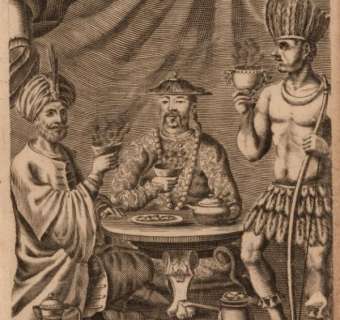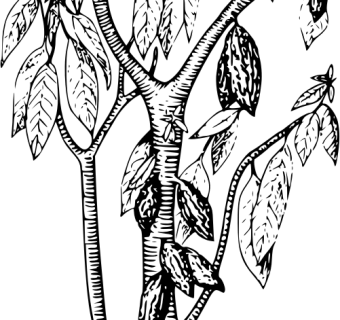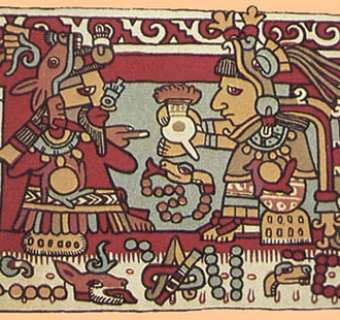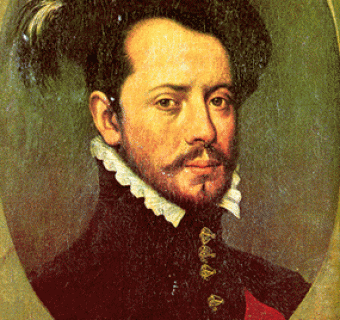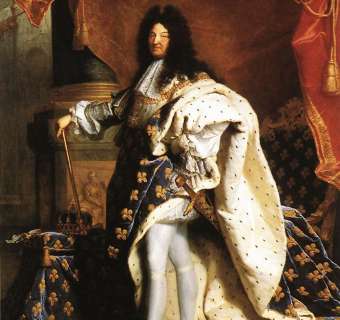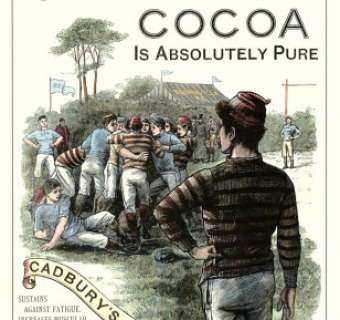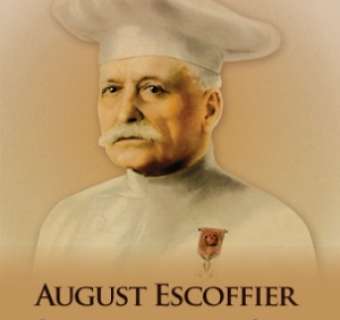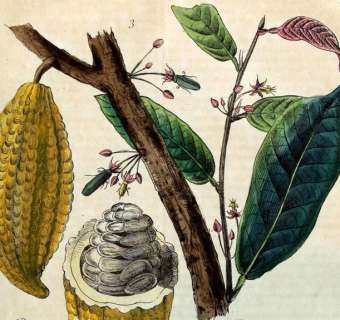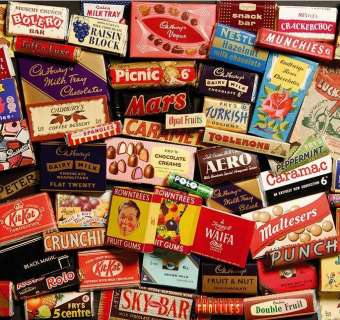
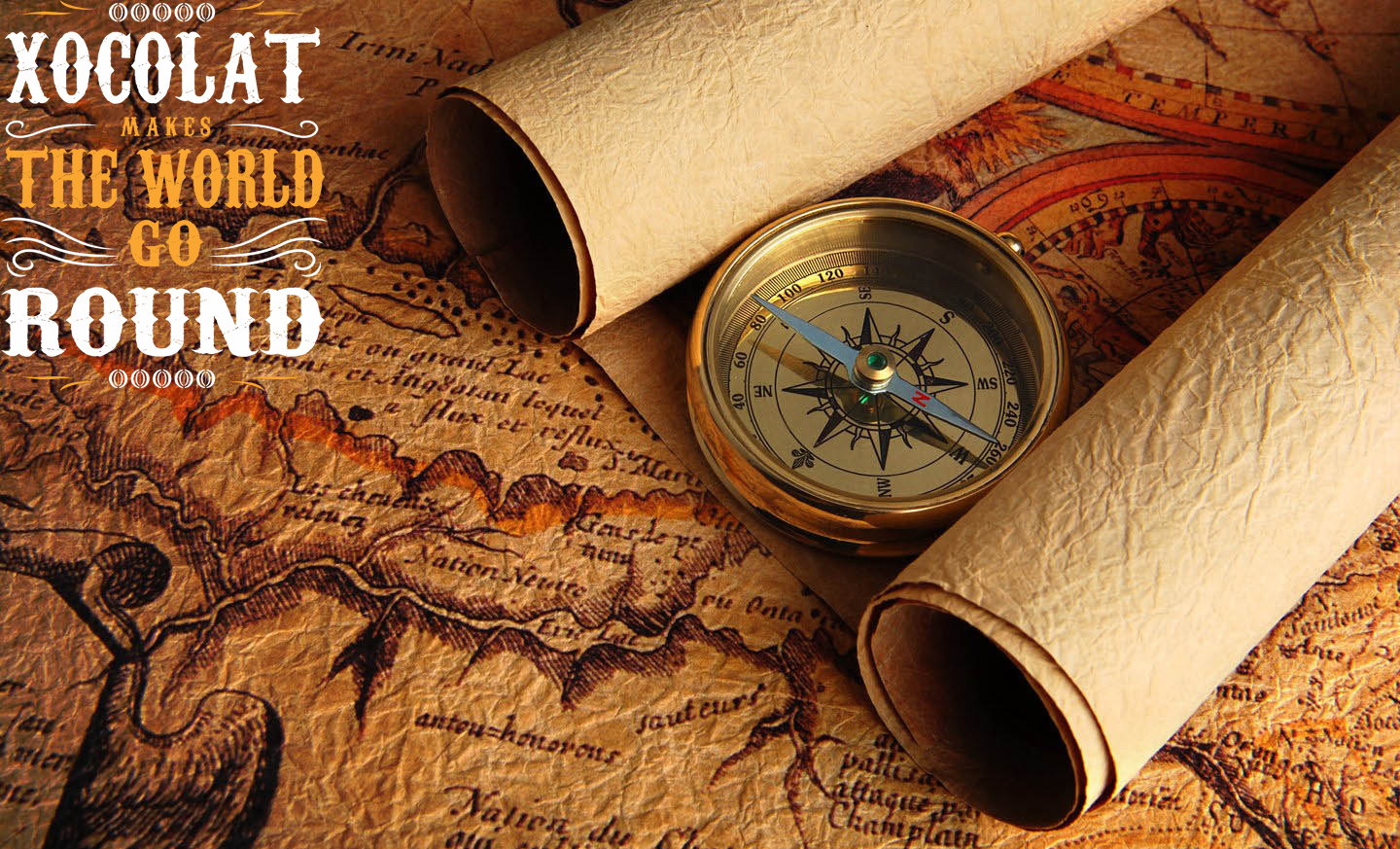
The history of chocolate and cocoa goes back almost 4000 years
The history of chocolate takes us back almost 4,000 years and can be traced back to the ancient Olmec, Mayan and Aztec civilisations of Central America.
The story begins as all good stories do: a long long long time ago in a land far far away…the precious twin, god of wind, wisdom, fertility, and creation,
 Quetzalcoatl descended from the heavens and, in doing so, conjoined the heavens and earth. He was part human, part bird and part snake. His face was long and pale, but his body was covered in bright colourful feathers.
Quetzalcoatl descended from the heavens and, in doing so, conjoined the heavens and earth. He was part human, part bird and part snake. His face was long and pale, but his body was covered in bright colourful feathers.
Quetzalcoatl taught his followers science and art but he also brought with him a valuable gift that he stole from his brother gods, the divine fruit cocoa. He told his followers that this fruit could relieve fatigue and provide a pleasurable rest.
Cocoa has always been considered to be a valuable commodity and has even been used as currency by the Mayan and Aztec people.
There are few foods with such a rich, diverse and intriguing history as cocoa and chocolate. We inherited cocoa from the pre-Colombian cultures in Latin America, similar to how we received coffee and other foods.
‘Theorboma cacao’, meaning ‘the food of the gods’, was prized for many centuries by the Central American Indians, who first enjoyed the food in the form of a spicy drink called ‘xocolatl’ or ‘bitter water’. This liquid was made using crushed cocoa beans, water and chilli peppers. There was a belief amongst the Mayan people that the frothier your drink was the more potent its benefits would be so they would pass the drink from container to container to create a foamy head.
It was the Aztecs that introduced cocoa to the Spanish who took the divine food back to Europe in the 16th century. At this time, chocolate was very expensive, so it was reserved for Europe’s elite and wealthy.
It wasn’t until the early Victorian times that chocolate made the transition from liquid to solid when a technique was devised by Fry’s in Bristol, UK.
Throughout its history chocolate has always been much sought after and traded globally, whether in its liquid or solid form. Modern chocolate manufacturing methods allow more people to buy more chocolate as we are able to mass produce at an affordable price. The flavour of chocolate differs depending on how it prepared, the quality and quantity of ingredients used.
Real chocolate is made from cocoa and its ingredients include cocoa butter (an expensive part of the cocoa bean) and, some confectionery companies add, up to 5% vegetable fat to save money.
Cocoa powder and chocolate are made from the dried seeds that are found in pods on the cacao tree. Chocolate production is a complex process that begins with the harvesting of cocoa trees.
When Hernando Cortés first imported cocoa to Europe, and when he learned how to make the chocolate drink with it, it caused quite a stir: divine to some, heretical to others.
Even today, chocolate and cocoa still exude an aura of mystery, luxury and pleasure.
A little history may help us to understand why.
